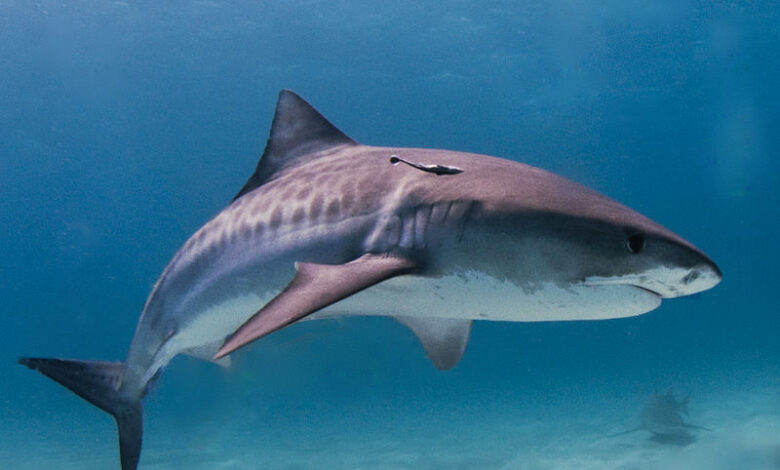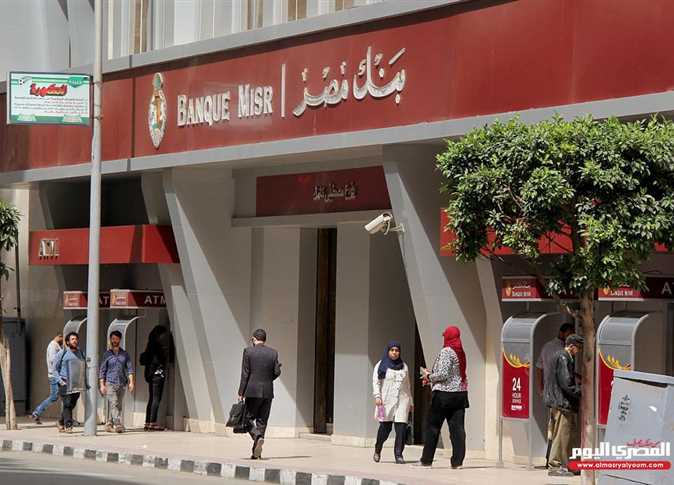
The Red Sea Reserves Authority has successfully installed the first satellite tracking and monitoring device on a shark in the Marsa Alam region.
This comes as part of the second phase of a project to train Red Sea reserve researchers in tracking shark behavior via satellites.
Environmental sources told Al-Masry Al-Youm that the authority’s researchers, under the supervision of an international expert, successfully caught a shark and installed a sensitive device on its belly.
They returned it to the ocean to track it through satellites.
Nature reserve workers were also trained on installing the device, monitoring the behavior of different types of sharks and analyzing the data collected by sensors across different time periods, as the study extends for up to 18 months in three stages.
The sources explained that the preparatory phase of the study, which is being conducted by environmental agencies in coordination with the Red Sea and Marsa Alam reserves on the behavior of sharks, included assessing the status of the diversity of shark sizes, determining risk factors for attacks, and the precautionary measures required during this time of the year.
The study targets the three types of sharks responsible for all incidents recorded in the Red Sea in recent years according to local and international statistics.
It also covers how to install the device in an optimal and safe manner for the team and sharks alike.
This is for the purpose of identifying the habits of the target species and reasons behind changing behaviors through various seasons.
Edited translation from Al-Masry Al-Youm




